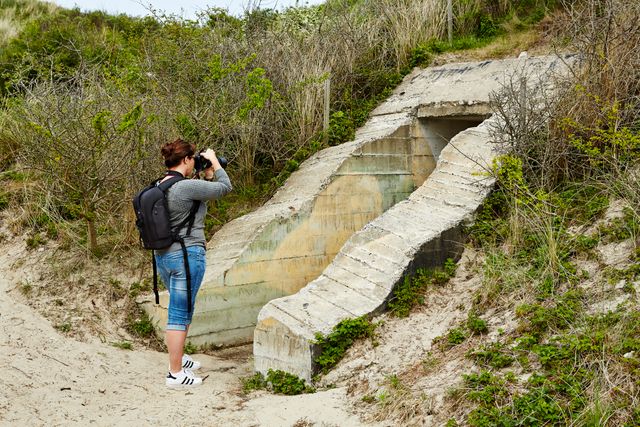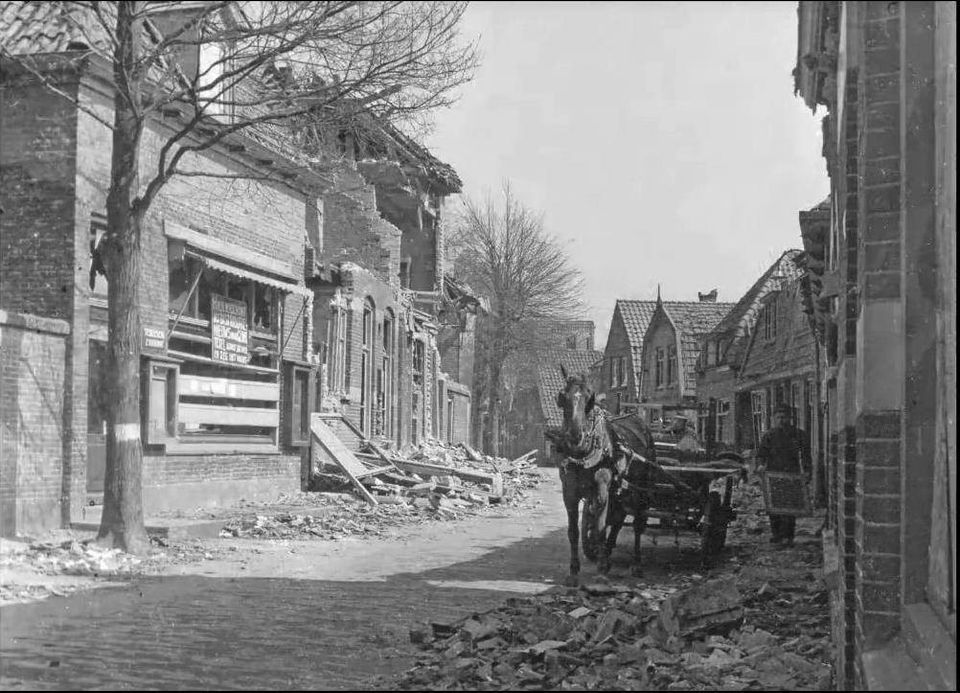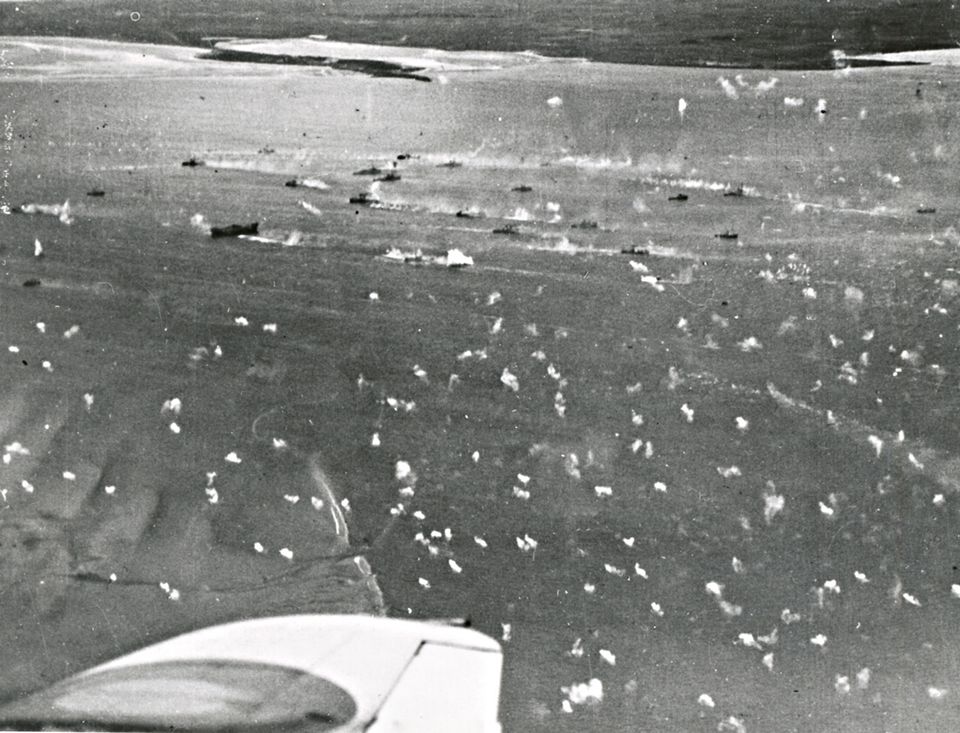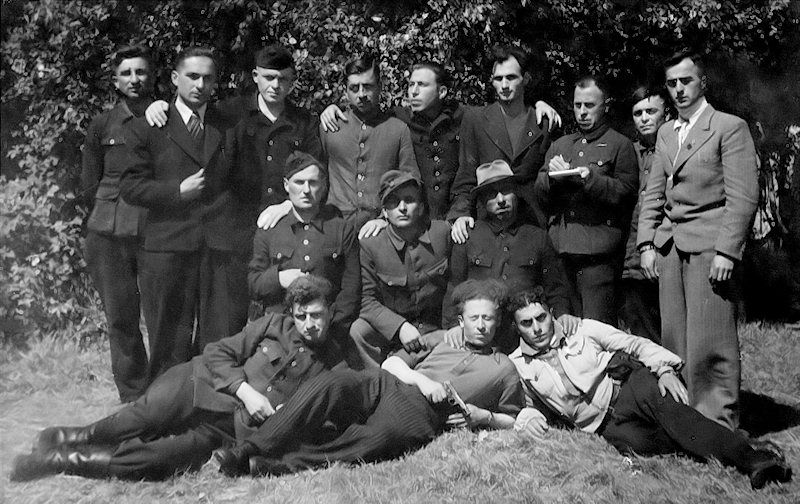How the Georgians came to Texel
The first Germans set foot on Texel on 19 May 1940. They occupied the island in the most rigorous manner. They built bunkers and coastal gun emplacements in all the strategic locations - and there were quite a few. From the start of the construction of the Atlantikwall in 1942, the defensive line that ran along the entire Western European coast, Texel was an important link.
The island was relatively calm during the war, but there were heavy battles in the air. German Messcherschmitts shot down some fifty allied planes from the airport on Texel. English and subsequently American pilots bombarded the island on some 215 occasions. Generally not because Texel was their target, but because they wanted to empty their bomb rack if they needed to abort their mission to German cities before time. It ensured their flight entered the books as an
‘operational flight’. With the arrival of a Georgian battalion of around 800 men on 6 February 1945, Texel suffered more than at any other time during the war even though large parts of the Netherlands had already been liberated. The Georgian soldiers were
prisoners of the war of the Germans. In order to escape the prisoner of war camps, they entered the German army. However, when the German army was in danger of losing the war, these soldiers faced even worse camps in the Soviet Union because they would be seen as traitors to their country. The Georgians decided to rebel in order to clear their name. In the early morning of 6 April they quietly killed a few hundred German soldiers with knives and daggers. They already held two-thirds of the island before the Germans even realised what was going on.
The Germans hit back hard with support from troops in Den Helder. However, the Georgian battalion did not accept defeat just like that. They fought a guerilla campaign that saw many farms go up in flames. The battle continued until 20 May, more than two weeks after the liberation of the rest of the country and cost the lives of 117 people of Texel. Some islanders saw the Georgians as heroes, to others they were traitors and assassins. Either way, the Georgians who survived the rebellion succeeded in their mission. When they returned to the Soviet Union they were the only battalion that was not sent to a labour camp. The Georgian Cemetery in Texel is one of the traces of the rebellion on Texel.
The Aviation and War Museum tells the stories of Texel in the Second World War. Besides a room about the Georgian uprising, there is also a room with models of a large number of bunkers that were built for the Atlantikwall. If you prefer to see them up close, the museum is a great starting point for a walk, cycle or car route past the military heritage of the island.
Experience this story
-
Texla bunker
Texla bunker
This bunker was extremely important during the Georgian revolt.
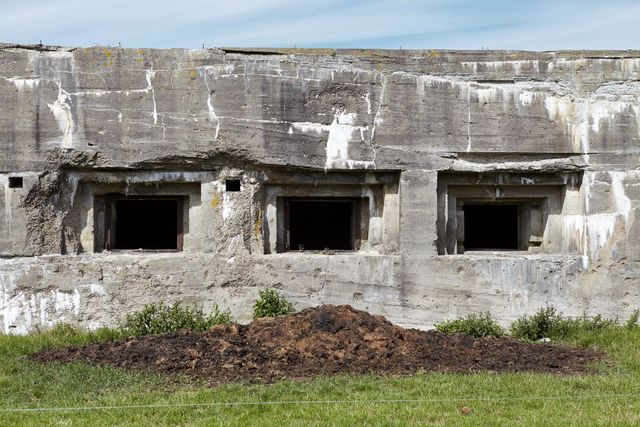
-
Fort De Schans
Fort De Schans
The fort is freely accessible to walkers, from sunrise to sunset.
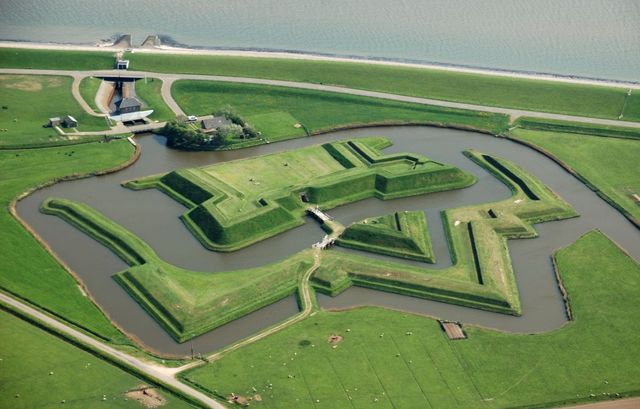
-
The Aviation and War Museum
The Aviation and War Museum
The Aviation and War Museum tells the stories of Texel in the Second World War.

-
Georgian Cemetery
Georgian Cemetery
The Georgian revolt left its scars on Texel. Consider this impressive and tragic story.
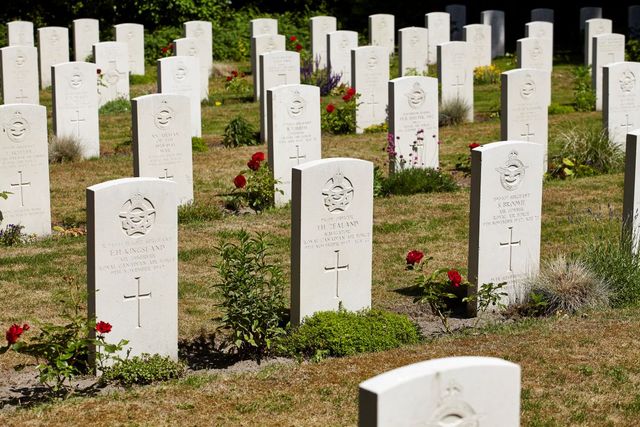
Wadden at war
-
Texel
Texel
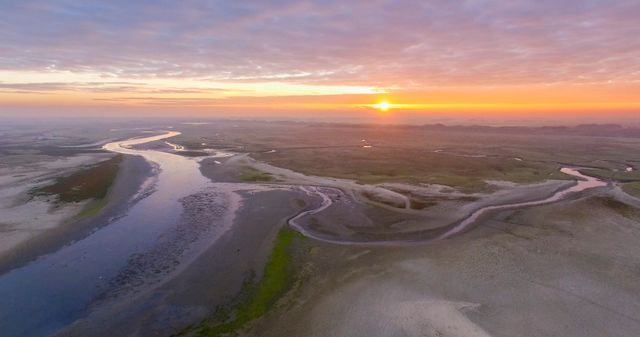
-
Military heritage
Military heritage
